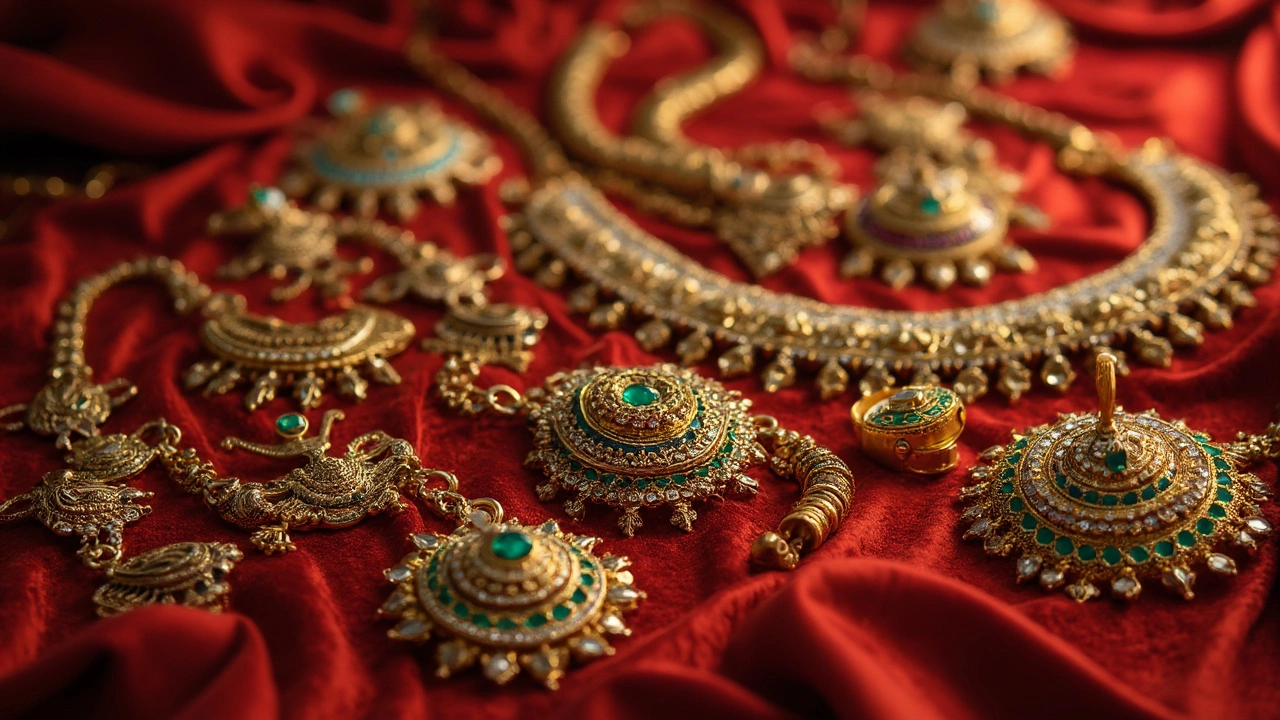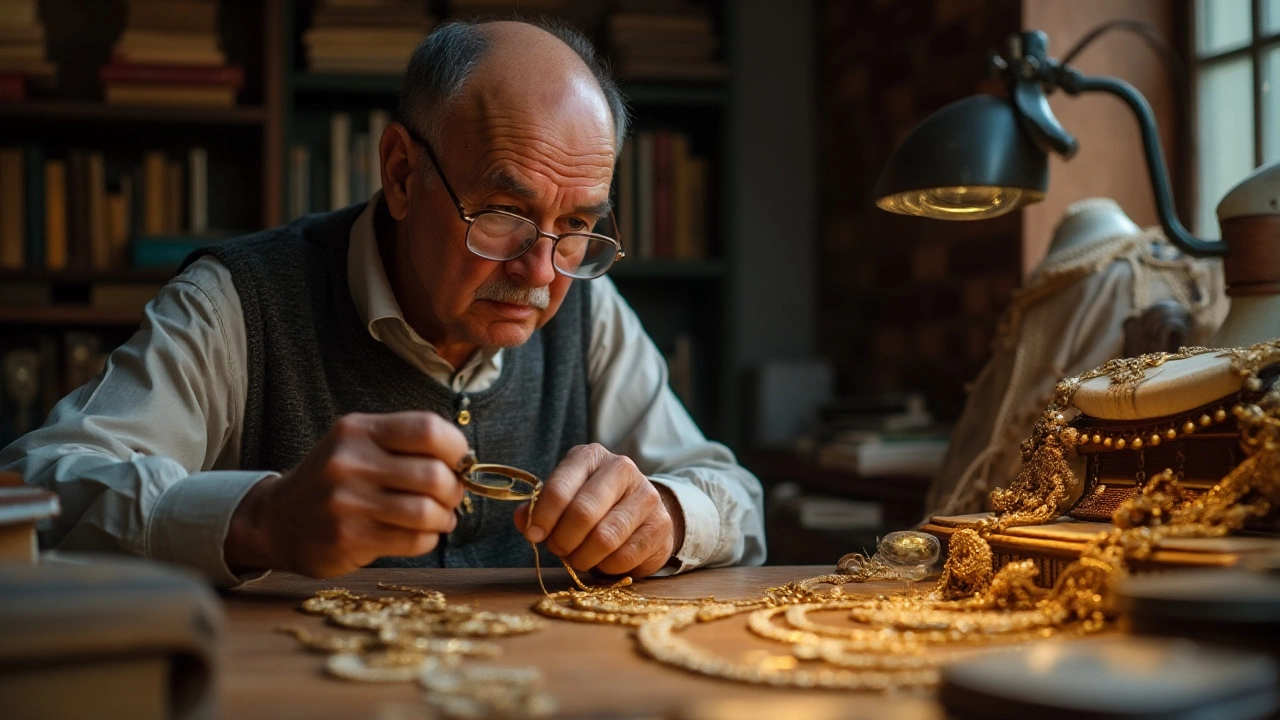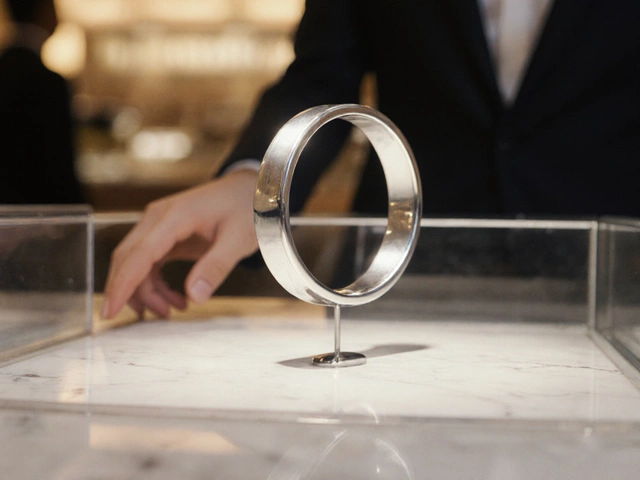Authentic Jewelry: What It Means and How to Know It’s Real
Everyone wants a piece that looks great and lasts. But with so many cheap copies, spotting the real deal can feel tricky. Below you’ll find easy checks you can do at home, plus what to expect when you buy from a trusted store like RH Jewellers.
Key signs of real gold and silver
First, look for hallmarks. In India, genuine gold shows a BIS stamp with a purity number such as 22K, 18K or 875. Silver usually carries a “925” or “800” mark. If the mark is missing, scratched off, or looks handmade, that’s a red flag.
Next, do a magnet test. Pure gold and silver are non‑magnetic, so a magnet should not stick. Some cheap pieces are made of iron core with a thin gold layer; the magnet will attract the base metal. Another quick test is the weight check – solid gold feels heavier than a plated version of the same size.
Testing gemstones and plated pieces
Gemstones often get confused with glass or synthetic stones. Hold the stone up to light; real diamonds sparkle with sharp flashes, while glass shows a dull glow. A simple “fog test” works for gold‑filled rings – rub the surface, then watch how quickly the fog clears. Real gold clears fast; plated metal keeps the fog longer.
For colored stones, scratch a tiny spot on an unseen area with a needle. Real ruby or sapphire leaves a powder of the same color, while glass creates a white streak. If you’re unsure, a professional jeweler can run a refractometer test, but these quick home tricks catch most fakes.
When buying online, check the product photos closely. Authentic sellers provide close‑up shots of hallmarks, clasp mechanisms, and the inside of the piece. Look for detailed descriptions that mention purity, weight, and certification. If the listing only says “high quality” with no specifics, pause before you click ‘Add to Cart’.
Return policies matter too. A reputable brand will offer a money‑back guarantee if the item doesn’t match the description. RH Jewellers, for example, includes a BIS hallmark certificate with each gold purchase and a clear return window, making it easier to trust the authenticity.
Finally, consider price. If a deal sounds too good to be true, it probably is. Real gold, silver, and certified gemstones carry a price that reflects material cost and craftsmanship. Comparing a few listings gives you a sense of the market range.
To sum up, watch for hallmarks, do magnet and weight tests, check stone clarity, and rely on sellers with solid return policies. These steps help you avoid fakes and enjoy jewelry that truly shines.
Whether you’re adding a gold chain, a silver bangle, or a gemstone pendant to your collection, a little know‑how goes a long way. Stay curious, test smart, and shop with confidence.
Spotting Authentic Indian Jewelry: A Guide to Temple Jewelry
Authentic Indian jewelry, especially temple jewelry, is a captivating art form known for its intricate designs and cultural significance. Recognizing real pieces requires understanding traditional craftsmanship, materials, and hallmark signs. This guide offers insights into identifying genuine temple jewelry, focusing on key features, historical influences, and expert tips on what to look for while exploring these timeless creations.
Authenticating Antique Jewelry: Tips and Insights
Determining the authenticity of antique jewelry can be a daunting task for many enthusiasts and collectors. The hallmarks, craftsmanship, and materials used can offer significant hints about the age and authenticity of a piece. Understanding the styles and markings of different eras is key to distinguishing authentic pieces from reproductions or fakes. This article delves into the techniques and tips for identifying genuine antique jewelry, including expert insights and common signs of imitation.






